Strange as it may seem, our life is made up of a series of “sales presentations”. Sales may not be your gig, but if you’re the boss you’re making presentations everyday. Be it a pitch to your Board, announcing a policy change to employees, selling an idea to your spouse, or just trying to win others over to your point of view – you need to punch up your people skills for winning pitches.
To become masterful at it can be summed up in the acronym IPRESENT!
“I” – involve your audience Human nature is such that people support solutions that they help create, so involve them by allowing your audience to participate with questions or ideas. It goes without saying that to not involve key people is risky, because messages can be misunderstood. Your plans may be derailed before they begin if sufficient “buy-in” is lacking. Use lots of open-ended questions in your presentation to draw out the silent type.
“P” – prepare your audience Preparation is a key to success. Prepare your listeners to what’s coming during or before your presentation. Try these pre-meeting tactics:
Assign task-related pre-work. This could be pre-reading or study of a problem, and the preparations of possible solutions. An example could be, “go and visit three kinds of accounts before the meeting.”
Make pre-meeting contacts with those invited by email, phone, or in person. You might want to try an informal survey to get people’s position on the issues at hand.
Remember support on key or controversial matters can be established ahead of time by lobbying, if you know where to lobby.
“R” – research your arsenal Do your research! People who make it look easy and are effective presenters have a hidden arsenal. This is an arsenal of up-to-date, organized material that can be accessed quickly in ready-to-use form when needed. They have the stats to back up their ideas, and they have a mental arsenal of stories, examples, jokes, and ice-breakers to use when needed.
Your physical presentation could include tangible items relating to the issue such as recent articles clipped from newspapers or magazines, photographs, reports, and demonstration property. To become masterful in this art learn to maintain resources you can access for just the right thing at the right time.
“E” – explain “Why?” The next thing you must do is to explain “why?” The single most powerful thing you can do to convince your audience of something is to provide a convincing reason why they should do what you suggest or believe what you say. People want and need a clear “WIIFM” – “what’s in it for me?” – to be able to react positively to what you want them to do. It’s extremely important that you deliver a vision of benefits. Hearing the “why” won’t automatically generate a “yes” to your proposition, but it’ll open the door for receptivity to your idea.
Knowing and accepting the “why” satisfies a basic need that we all have – to understand the purpose of our actions. Use the words “because” or “so that” in your presentation and then finish the phrase. When your subject matter is controversial or likely to generate emotions, it is essential that your “why’s” be tested in advance. Ask some people you trust or that are on your “team” to play devil’s advocate to help you with your logic and arguments.
“S” stands for State (mental) Management. The mental state of the successful presenter must be congruent with the message. If you don’t believe that, try giving a pep talk to your sales force when you’re depressed – it won’t work! You must be aware of and manage your own mental state and that of your listeners or communication channels will not be open. I don’t have space to elaborate on methods of doing this, but here are a few key hints. First, “AAI” – act as if. Act the way you want to feel, it’s amazing how this works. Use music to set the mood if necessary, dress the part, and reduce your anxiety by whatever method works for you. Remember that you’re the one in charge, and presentation mastery isn’t about being perfect – it’s about achieving your objective.
“E” is for eliminating the unknowns. Fear of public speaking ranks high on most people’s list of worst fears. You may find you’re unusually nervous, develop poor voice tone or negative body language, and be unable to respond to audience feedback. Managing your anxiety permits you to focus on your audience and their needs. The basic approach to do this is the asking ourselves a list of “what if?” questions. Another way to overcome our fear is to take ownership of the situation. Rehearse, rehearse, rehearse. Double check your notes, and prepare yourself.
“N” is fudging a little by using the second letter of the word “know” – as in kNow Your Audience. Whether it is one person or many that you are presenting to you must do three basic things: Meet their needs, reduce tension, and avoid mistakes. A good knowledge of the listeners will give you a chance to tailor your objectives to meet their needs. This also allows you to reduce the “audience-presenter” tension so they will focus on what you’re saying. With a clear knowledge of your audience’s views you’ll be sensitive to potential “hot buttons”.
“T” stands for “Tailor Your Presentation Throughout”. Boring listeners leads to missed objectives or total failure. You must be flexible and responsive to your audience. To do this you need to use techniques that will give you audience feedback; you must diagnose the cause of the problem you’re addressing, and finally you must choose the solution to act upon.
When you’re presenting watch for non-verbal behavior such as clock-watching, foot-tapping, and cat-napping. When any of these are present get some feedback with, “Is it too warm in here?” or “Should I pick up the pace?” That breaks the attention or lack of, of the audience and brings them back to your talk. One important thing to remember is that the mind can absorb no more than the seat can endure. Sometimes a simple thing like taking a short stretch break will solve the problem.
The techniques for achieving your most desired outcomes are at your fingertips, when you remember that life is a series of presentations.
To Your Success,
Omar






